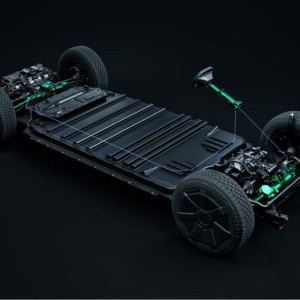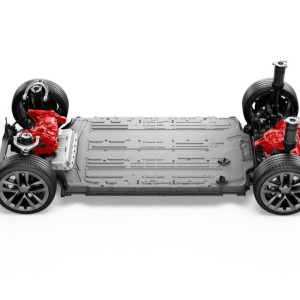With its 93% efficiency, this electric motor is the most popular on the market but there are better options

We often think that all electric motors are the same, but that overlooks the fact that there are different technologies, each with its own strengths and limitations. Synchronous, asynchronous, or excitation motors--each type is designed to meet specific needs. So, how do they work, and what sets them apart?
Let's break it down together. Read more:
Synchronous motors: Champions of efficiency
Synchronous motors, widely used in today's electric vehicles, stand out for their impressive efficiency of 93%. The concept is simple: the rotor rotates at the same speed as the magnetic field generated in the stator, hence the name "synchronous." These motors often rely on permanent magnets, such as neodymium, to create a magnetic field without the need for additional electromagnetic coils.
This leads to better efficiency and increased power, making them ideal for electric vehicles, which are often heavy due to their batteries. However, this technology comes at a cost, particularly because of the rare earth materials required for production. Additionally, these motors lose efficiency at very high speeds, which can limit performance in certain conditions.
Nevertheless, their popularity remains undeniable because they offer an excellent balance of compactness, power, and low maintenance.

Asynchronous motors: Durable but energy-intensive
Less common in electric cars, asynchronous motors (or induction motors) are still a compelling option, particularly for brands like Tesla, which uses them in some Dual Motor models. Unlike synchronous motors, the rotor in an asynchronous motor spins slightly slower than the magnetic field generated by the stator, hence the term "asynchronous." This type of motor is known for its durability and lower production costs. However, its energy efficiency is lower than that of synchronous motors, averaging around 80%.
This detail can affect the range of electric vehicles equipped with this technology. Despite this, its reliability and robustness make it a smart choice for specific applications.

Excitation motors: A less common technology
Part of the synchronous motor family, excitation motors stand out by using electrical currents to polarize the rotor. This design allows excellent control over torque and speed while requiring fewer rare earth materials, making them less expensive to produce.
However, these motors generate more heat, which can accelerate wear and increase maintenance needs. Their efficiency, close to 90%, remains competitive, positioning them as a viable alternative in some cases, even though they are less commonly used in the automotive market.
Compact but incredibly fast: nearly 200 HP on a city chassis turns this vehicle into a rocket[1]
What's next? The future of electric motors
The future might belong to synchronous reluctance motors, a promising technology being explored by industry giants like Tesla and Toyota. By utilizing the variable geometry of ferromagnetic materials instead of permanent magnets or coils, these motors achieve impressive efficiencies of up to 95%.
Their production is also more cost-effective, making them attractive to manufacturers. However, controlling these motors presents a major technical challenge. Their complex management could slow widespread adoption, but their potential is significant, especially for the next generation of electric vehicles.
This article explores the various types of electric motors, their strengths and weaknesses, while offering a glimpse into upcoming innovations.
Each technology--whether synchronous, asynchronous, or excitation--plays a crucial role in the transition to cleaner and more efficient mobility.
Images: (C) Tesla